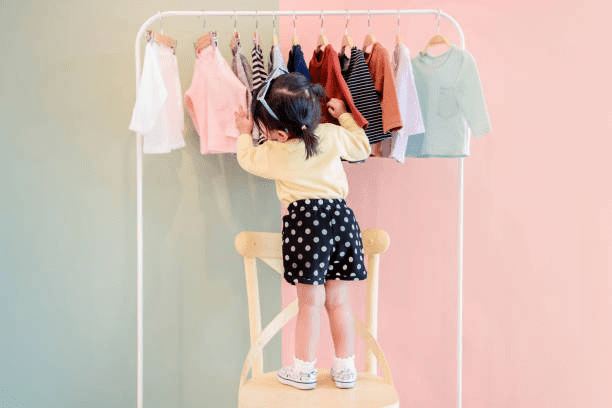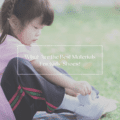
In today’s consumer-driven society, the cycle of buying new items, using them briefly, and then discarding them has become all too common. This trend not only strains our planet’s resources but also contributes to environmental degradation and waste accumulation. When it comes to children’s clothing and items, the impact is particularly significant due to their rapid growth and the constant need for new sizes and necessities. In this article, we’ll delve into why reusing children’s clothing and items is crucial for sustainability, cost-effectiveness, and fostering a culture of conscious consumption.
Environmental sustainability
One of the primary reasons for reusing children’s clothing and items is to reduce the environmental footprint associated with their production and disposal. The textile industry is notorious for its heavy water usage, chemical pollution, and greenhouse gas emissions. By extending the lifespan of children’s clothing through reuse, we can lessen the demand for new production, thereby conserving resources and mitigating environmental harm.
Moreover, many children’s items, such as plastic toys and baby gear, are made from materials that are non-biodegradable and can persist in the environment for centuries. By passing these items along to other families or donating them to thrift stores, we can prevent them from ending up in landfills or oceans, where they pose a threat to wildlife and ecosystems.
Cost-effectiveness
Families with children understand the financial strain that comes with constantly purchasing new clothing and items as their little ones outgrow them. By reusing children’s clothing and items, parents can significantly reduce their expenses. Thrift stores, online marketplaces, and clothing swaps offer affordable alternatives to buying brand new items, allowing families to stretch their budgets further.
Additionally, investing in high-quality, durable children’s clothing and items that can withstand multiple uses and washes can lead to long-term savings. Choosing timeless designs and gender-neutral colors can also make it easier to pass items down to younger siblings or other children in the community. Think of a nice second hand folding pushchair or 3 in 1 stroller.
Community building and social impact
The act of reusing children’s clothing and items fosters a sense of community and interconnectedness among families. Clothing swaps, where parents exchange gently used garments and accessories, provide an opportunity for social interaction and resource sharing. These events not only promote sustainability but also allow families to bond and support one another.
Furthermore, donating used children’s items to local charities or shelters can have a positive social impact by helping families in need. Access to clean clothing, toys, and other essentials can alleviate financial strain for struggling families and ensure that every child has access to the items they need to thrive.
Teaching sustainable values
By involving children in the process of reusing clothing and items, parents can instill important values of environmental stewardship and resourcefulness from a young age. Teaching children to care for their belongings, mend minor damages, and pass items along to others when they’re no longer needed cultivates a mindset of mindful consumption and waste reduction.
Additionally, discussing the environmental and social impact of consumerism with children can empower them to make more conscious choices as they grow older. Encouraging them to participate in clothing swaps, volunteer at thrift stores, or donate items to charity teaches empathy, generosity, and the importance of giving back to the community.
In conclusion, the practice of reusing children’s clothing and items is not only beneficial for the environment and finances but also for fostering a sense of community and teaching valuable life lessons. By embracing a culture of reuse and extending the lifespan of children’s belongings, we can contribute to a more sustainable and equitable world for current and future generations. Let’s work together to make conscious choices that prioritize longevity, resourcefulness, and collective well-being.






